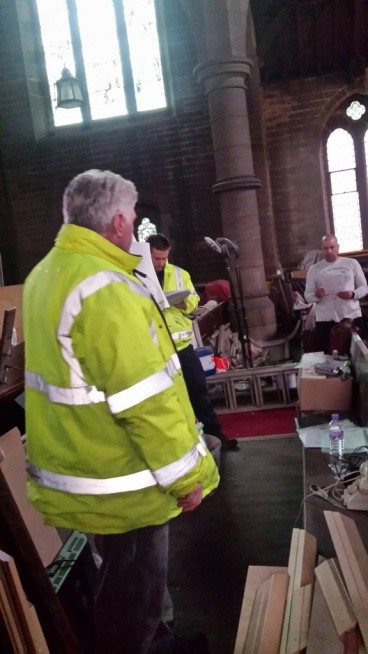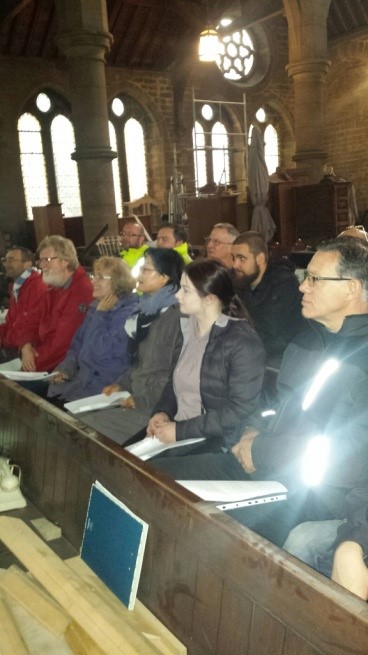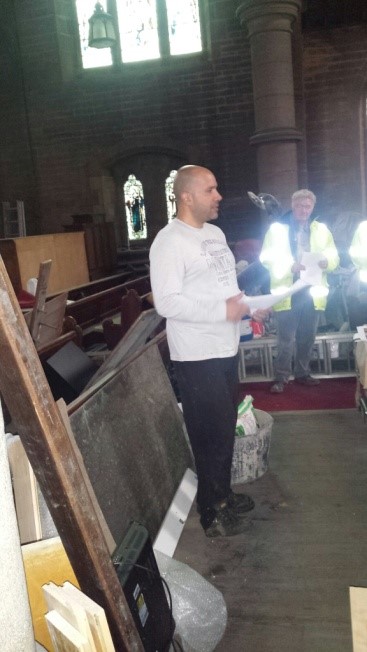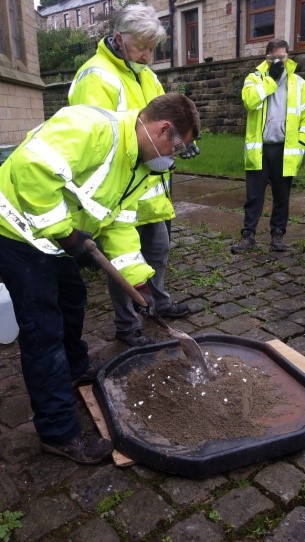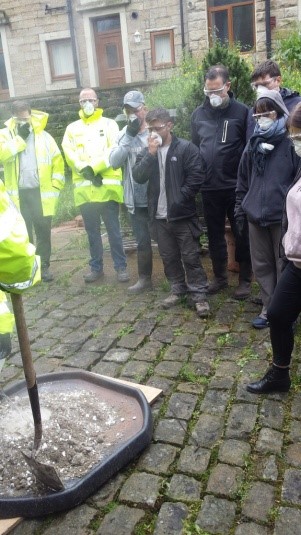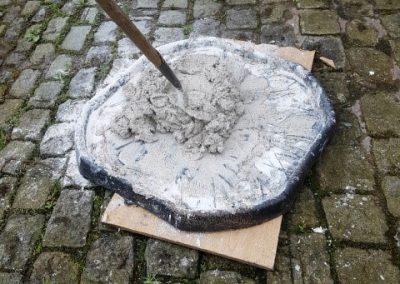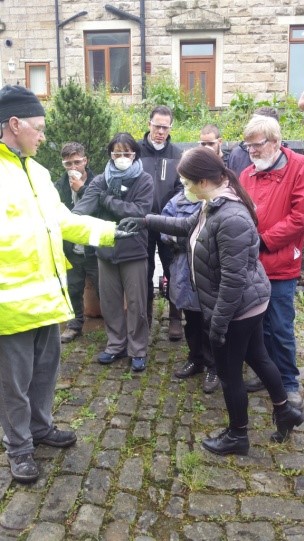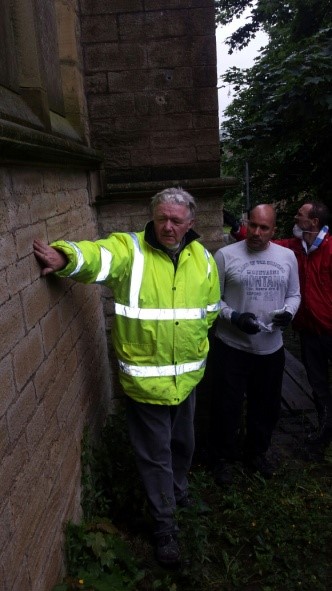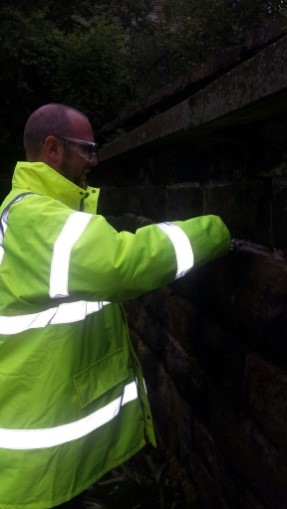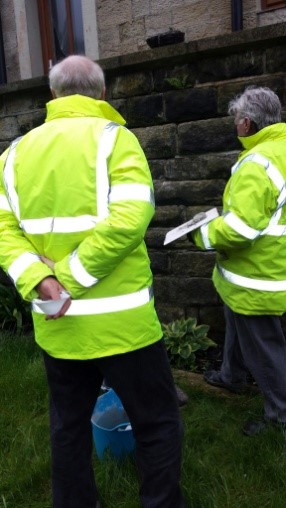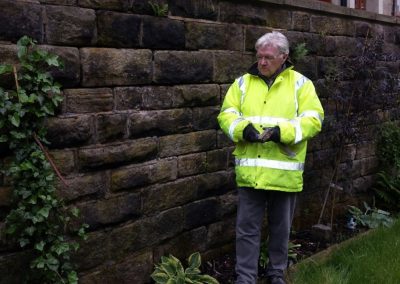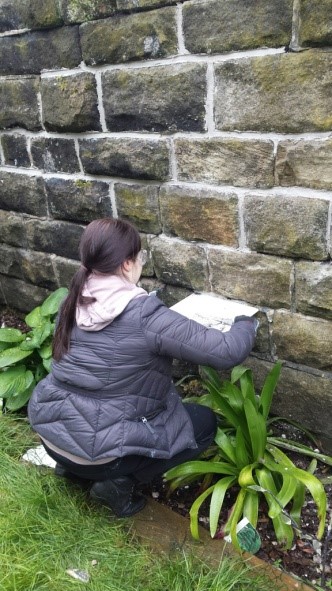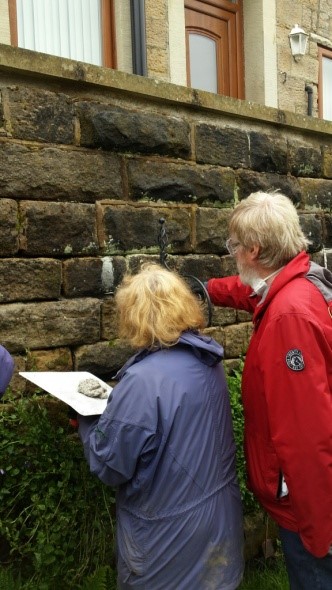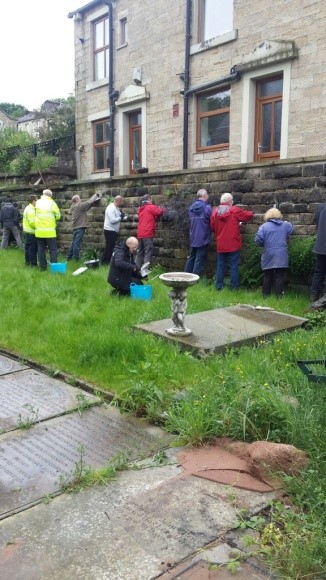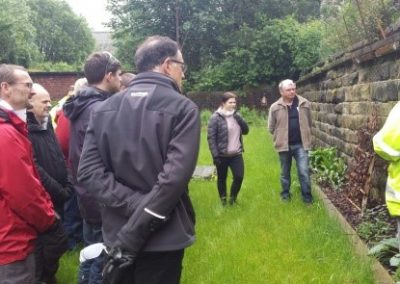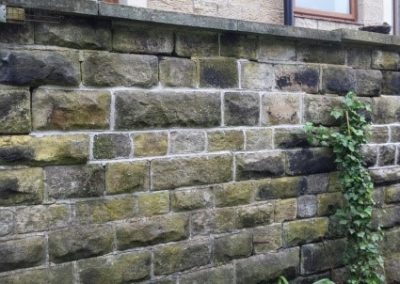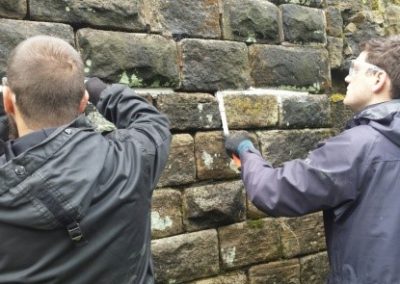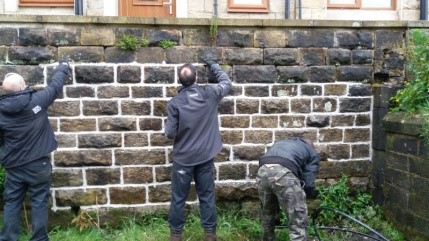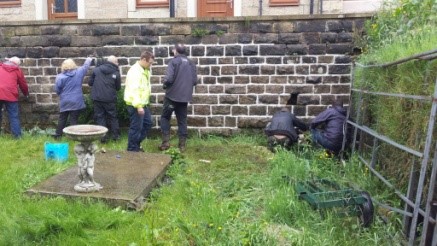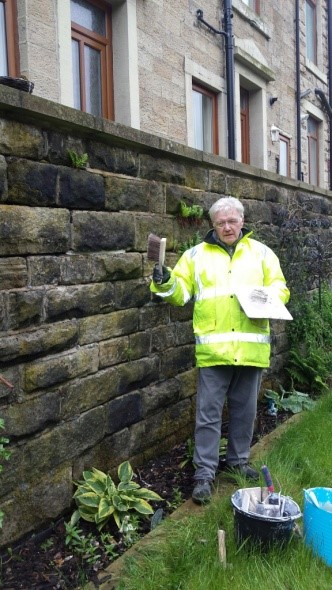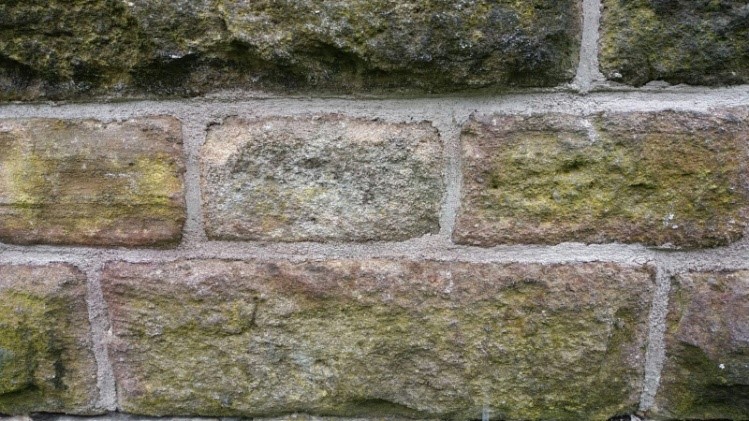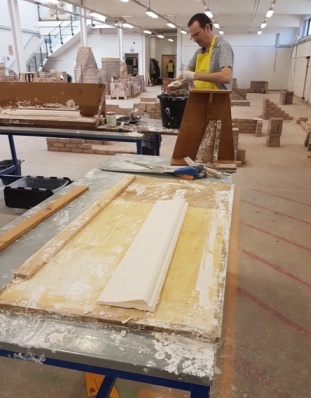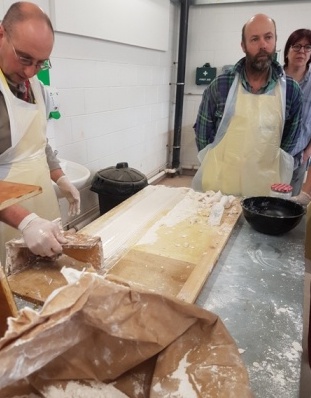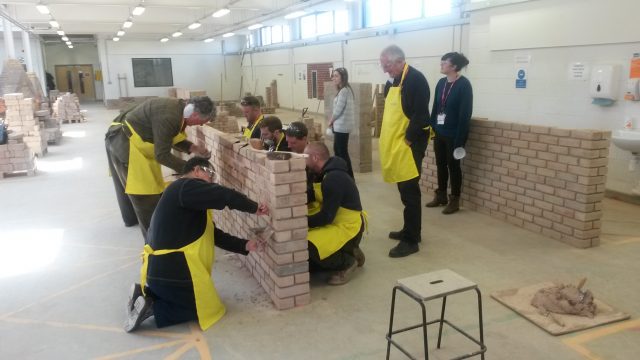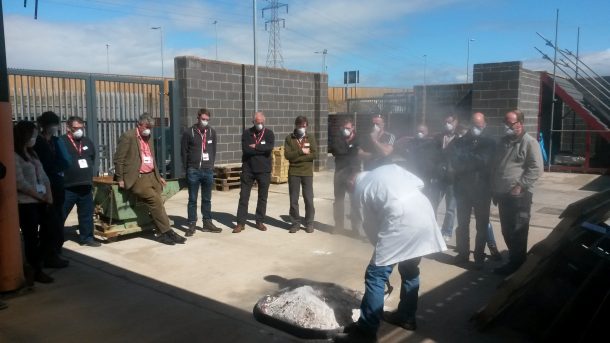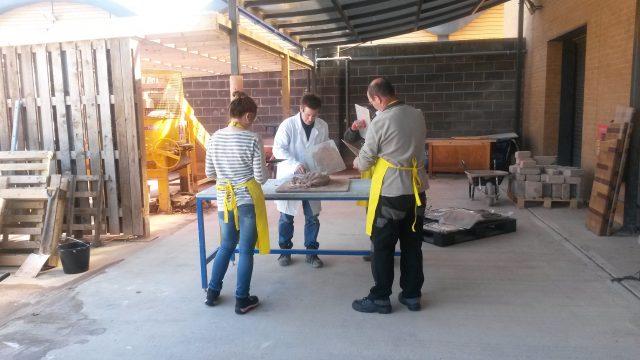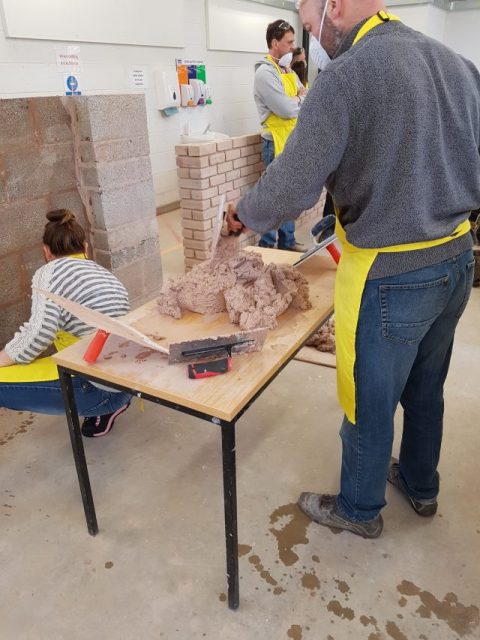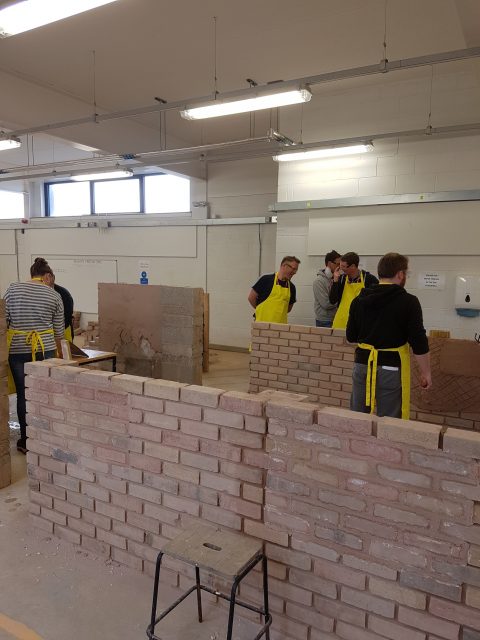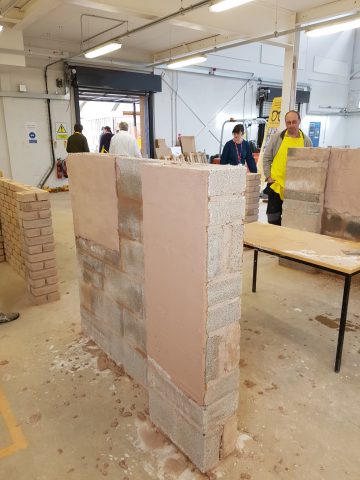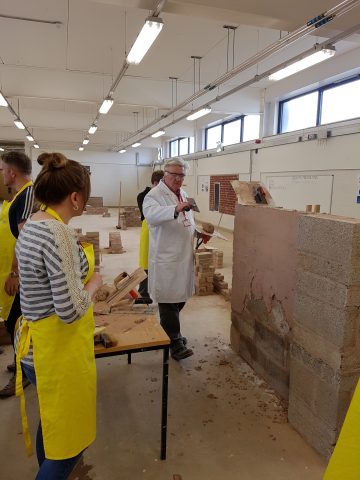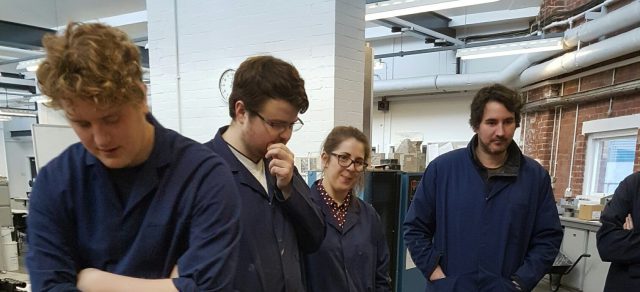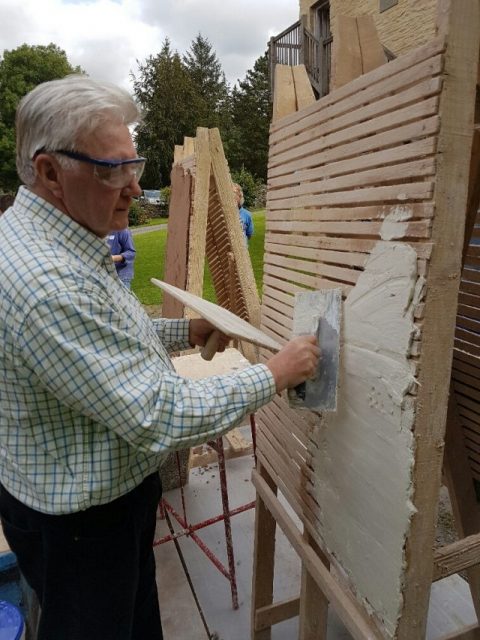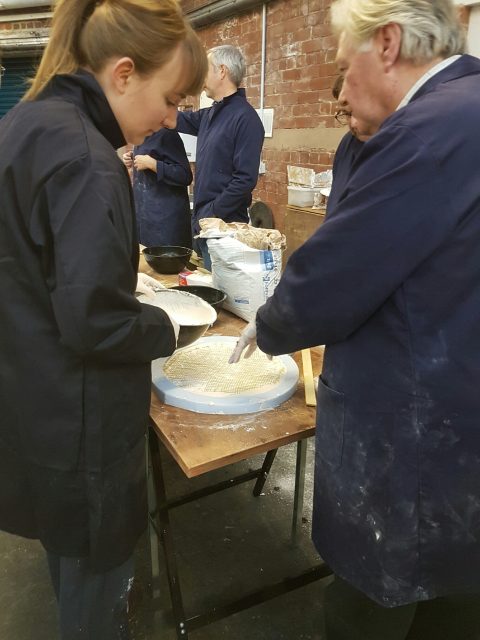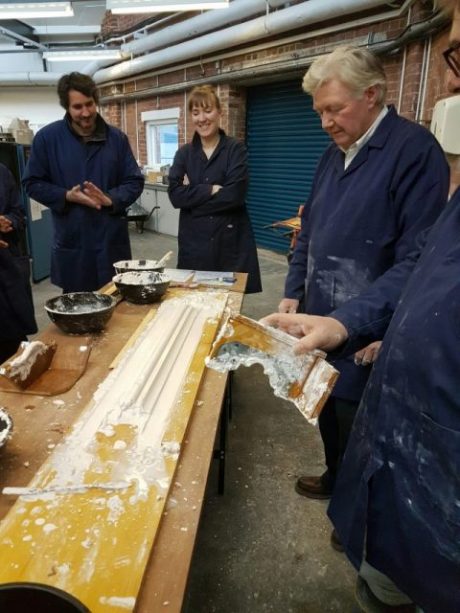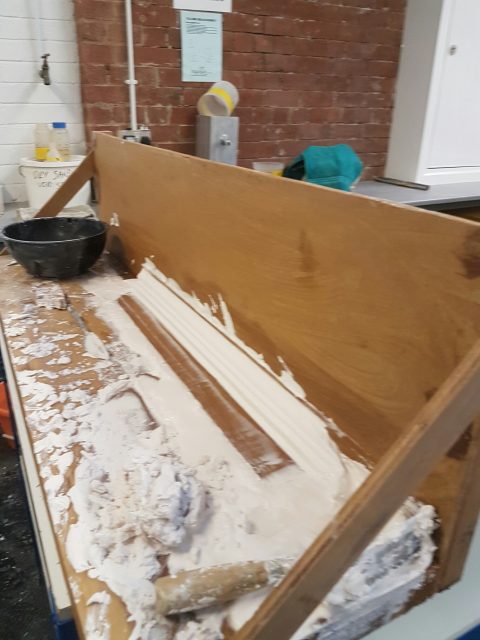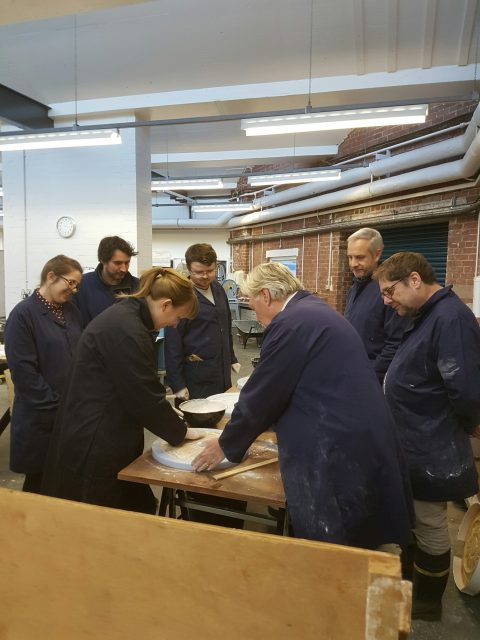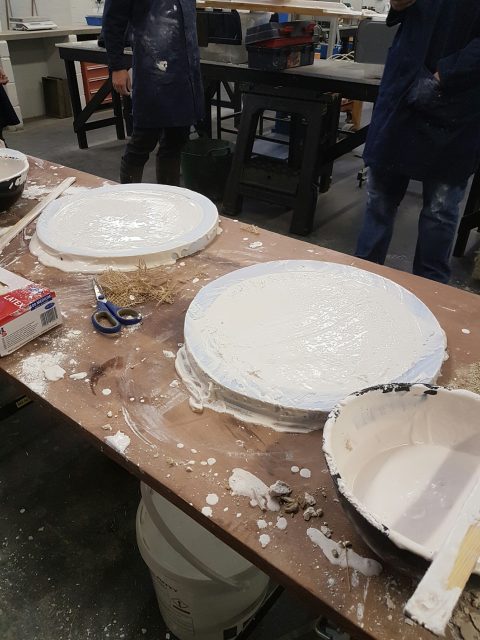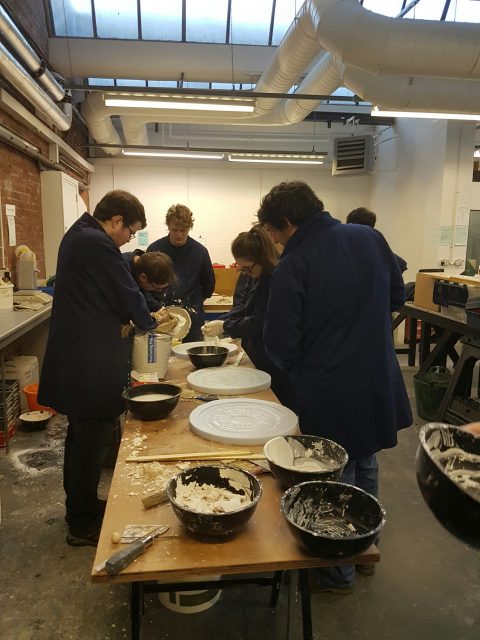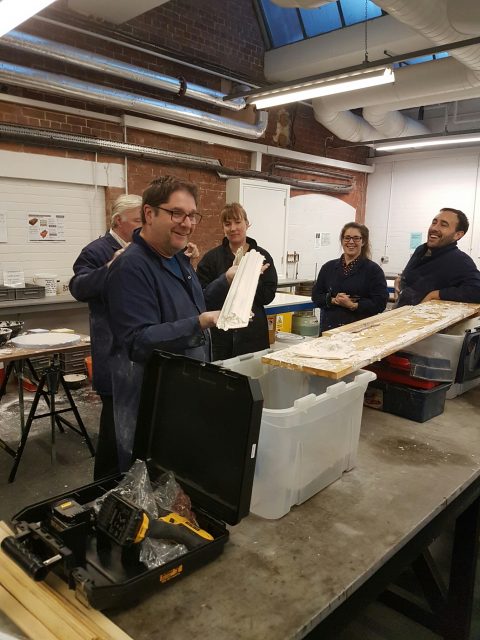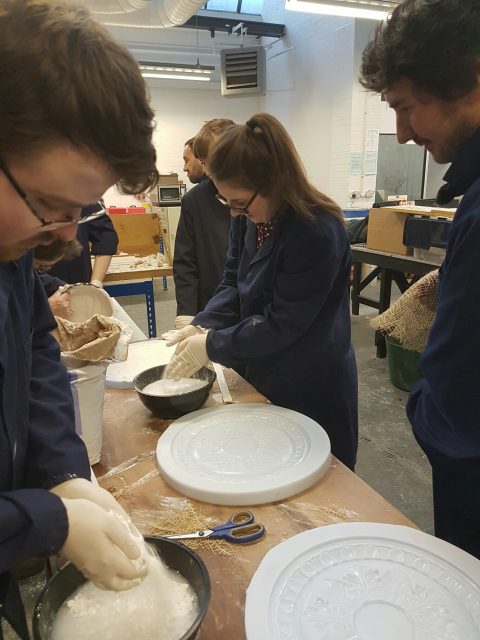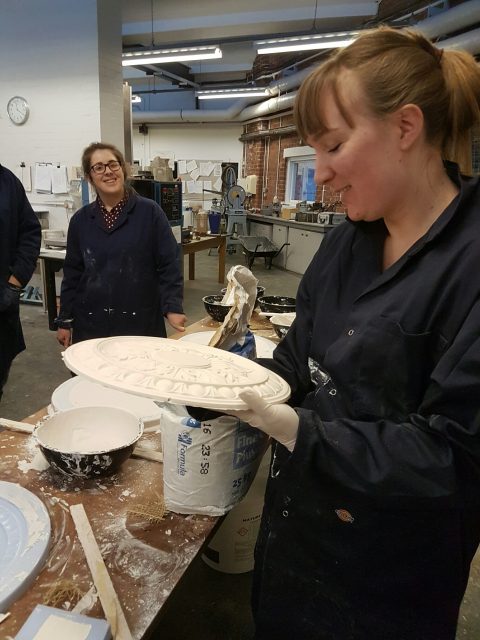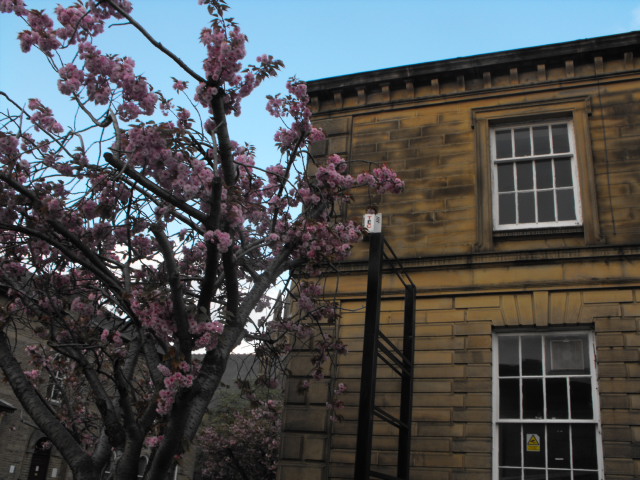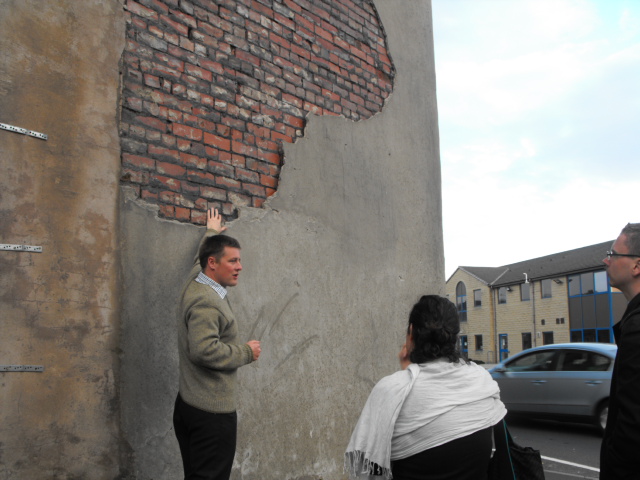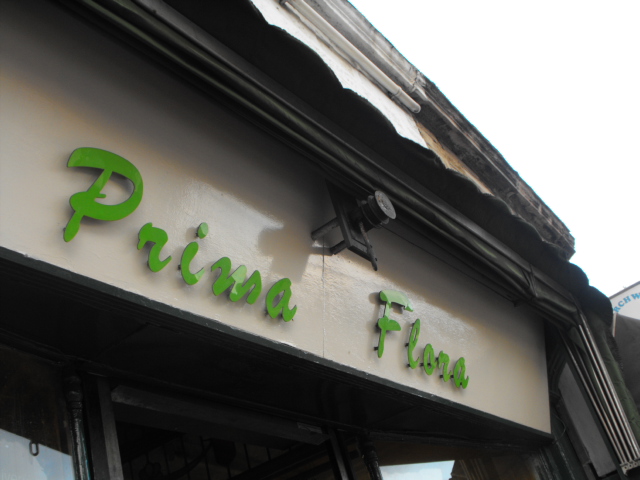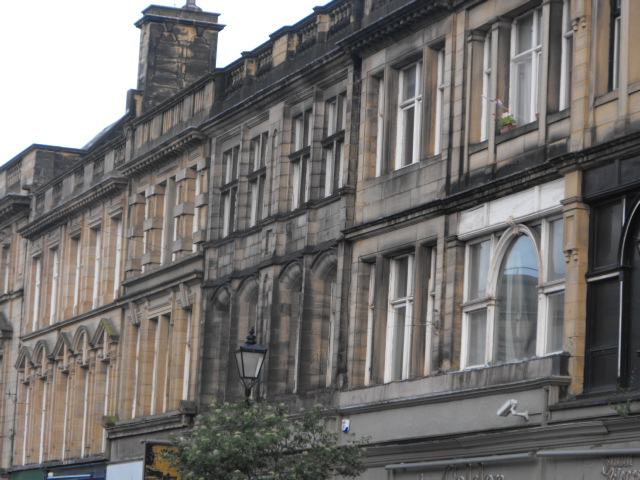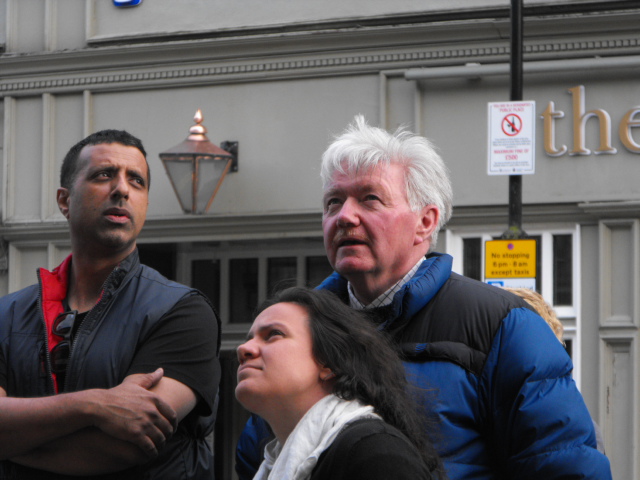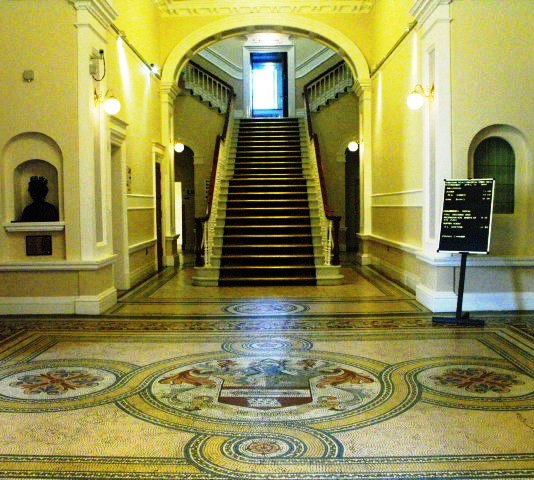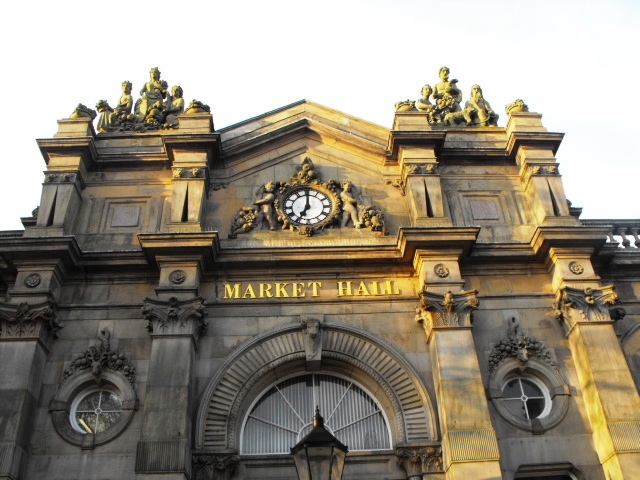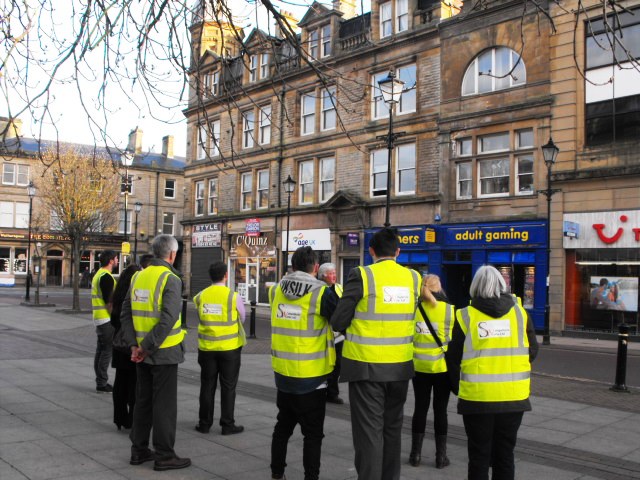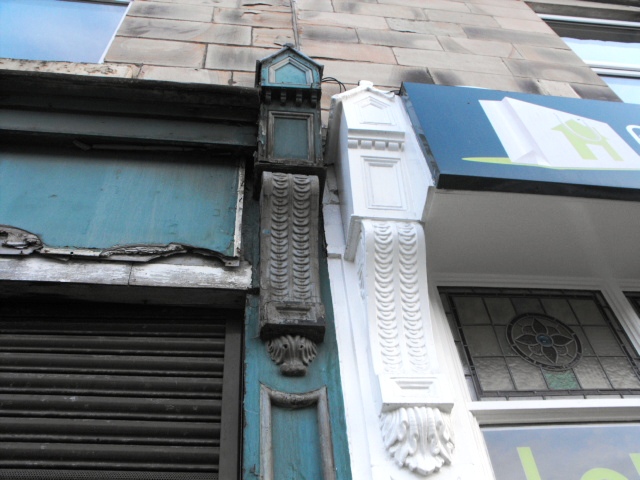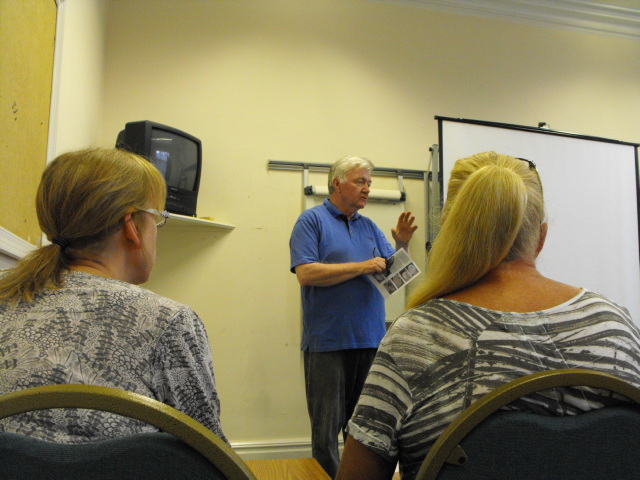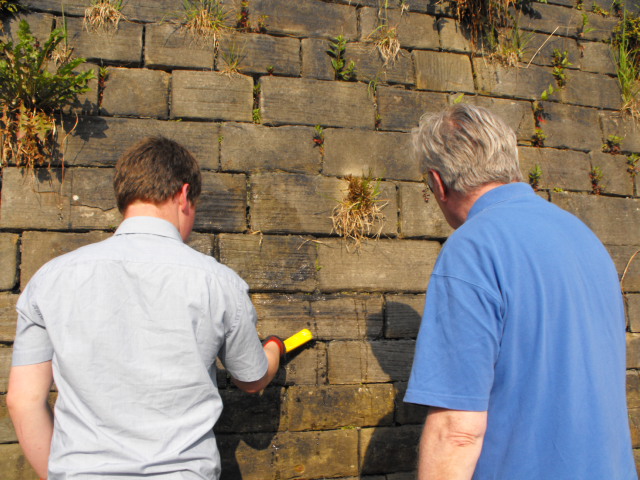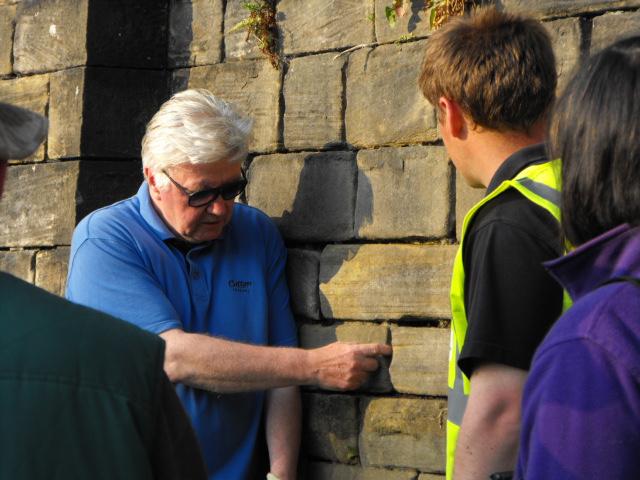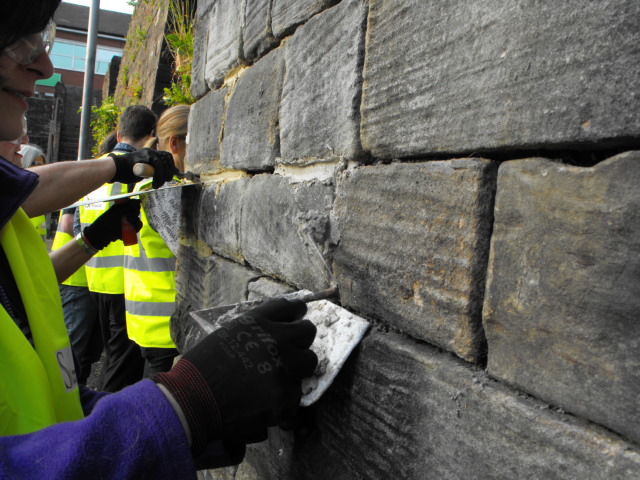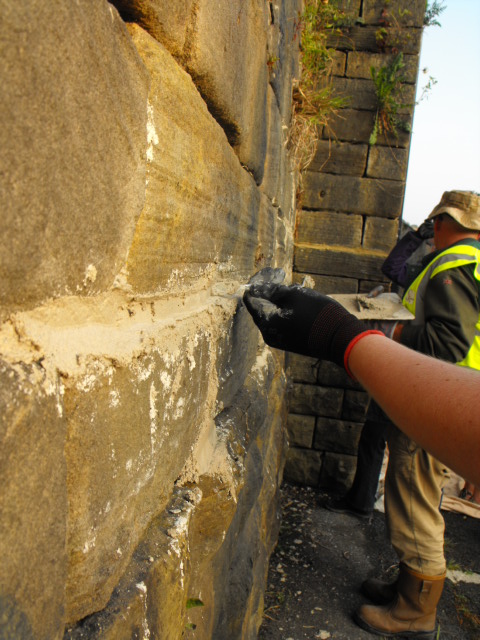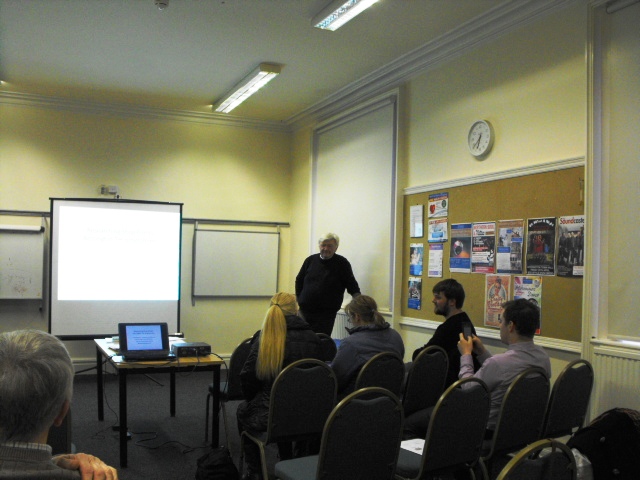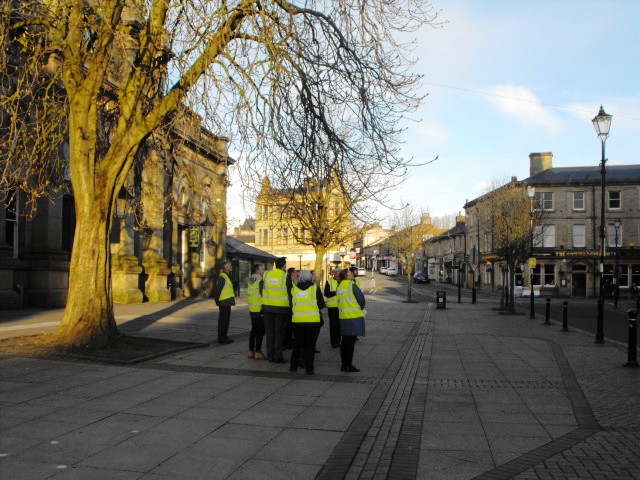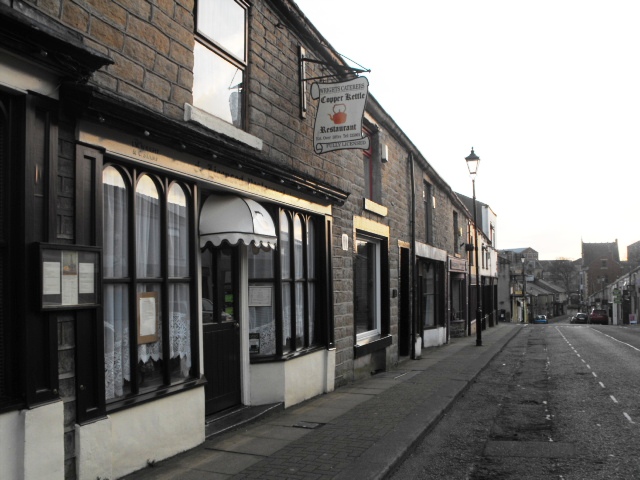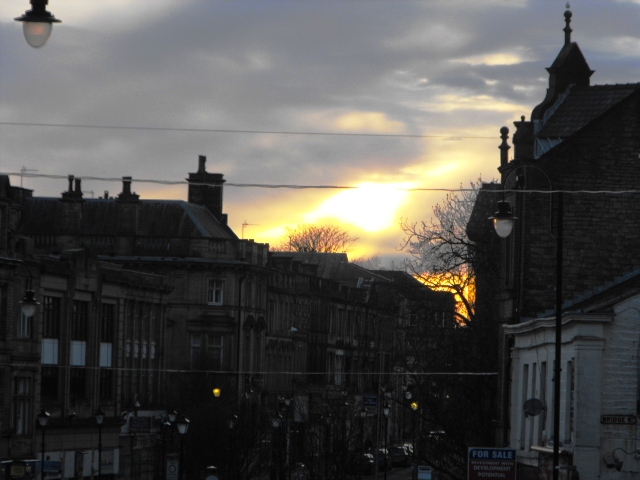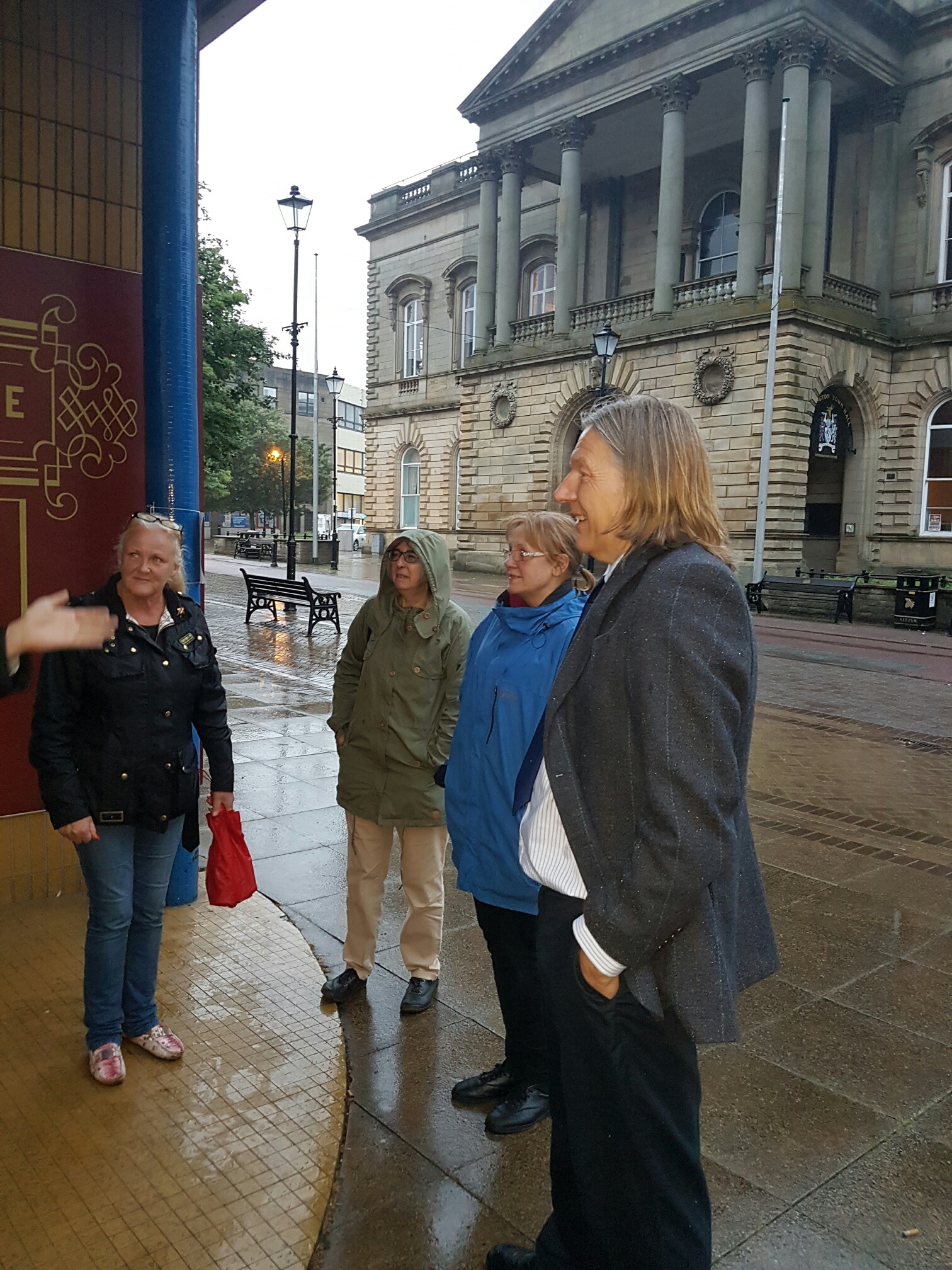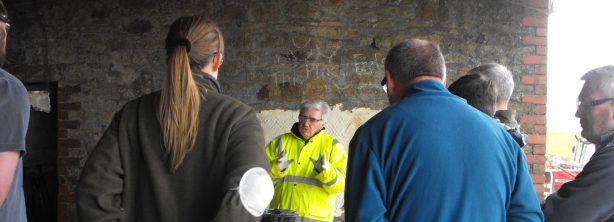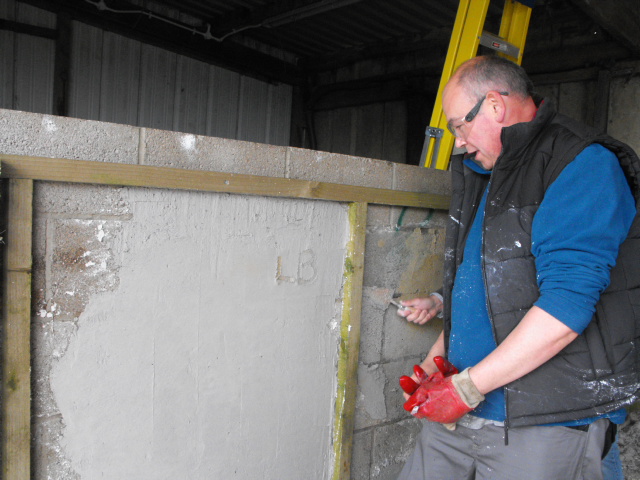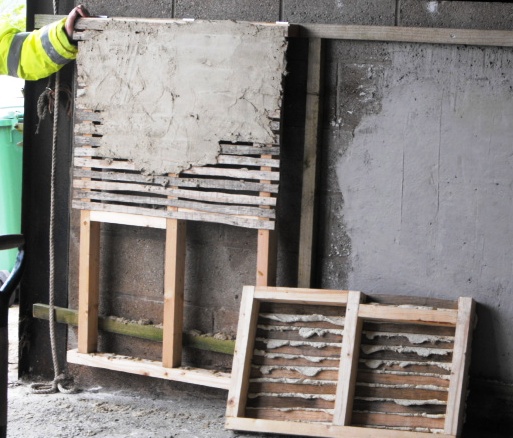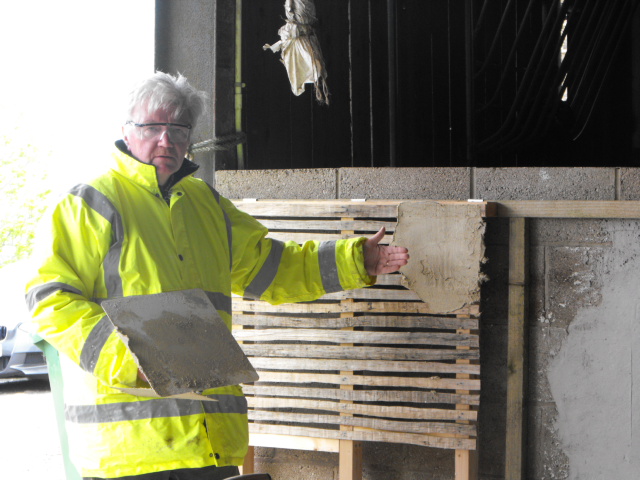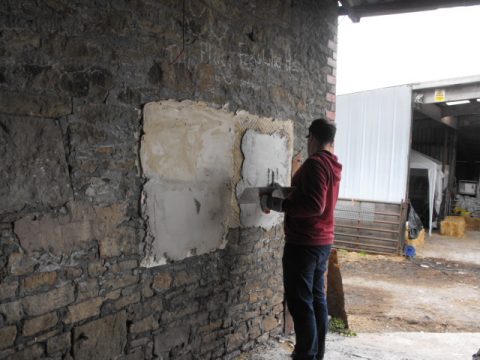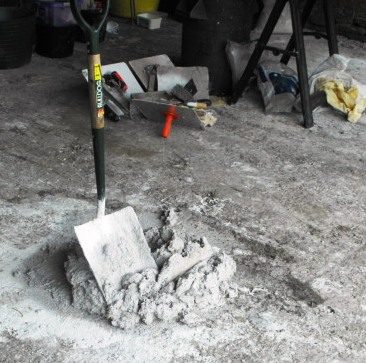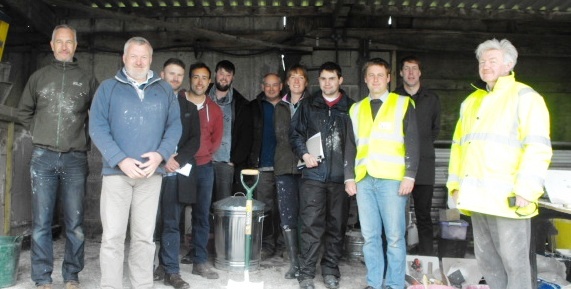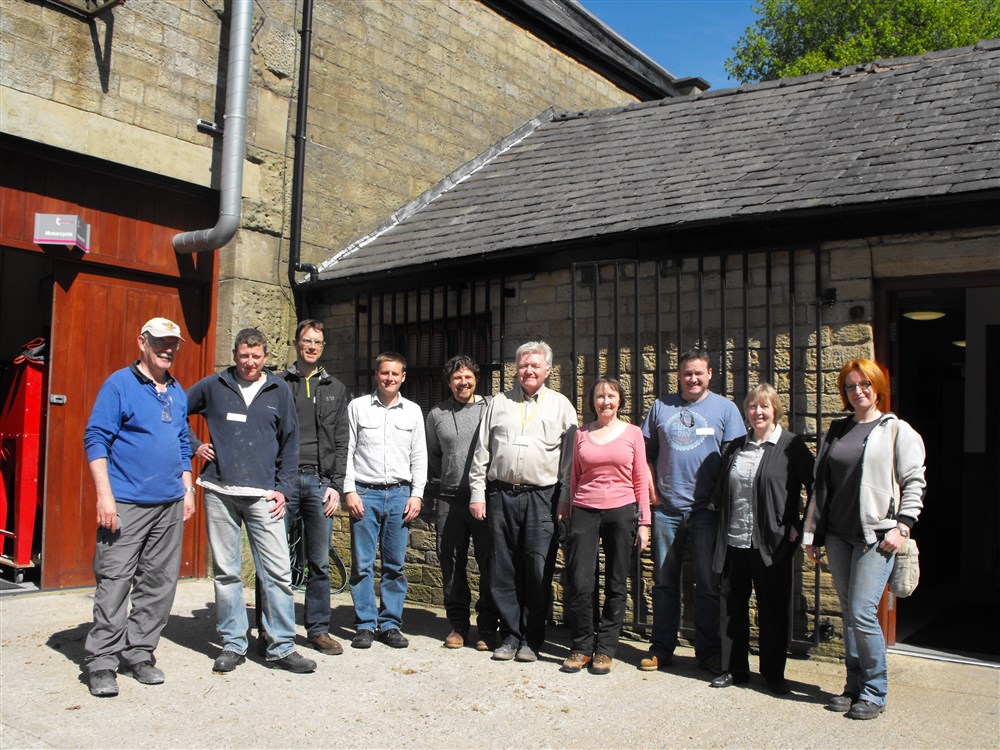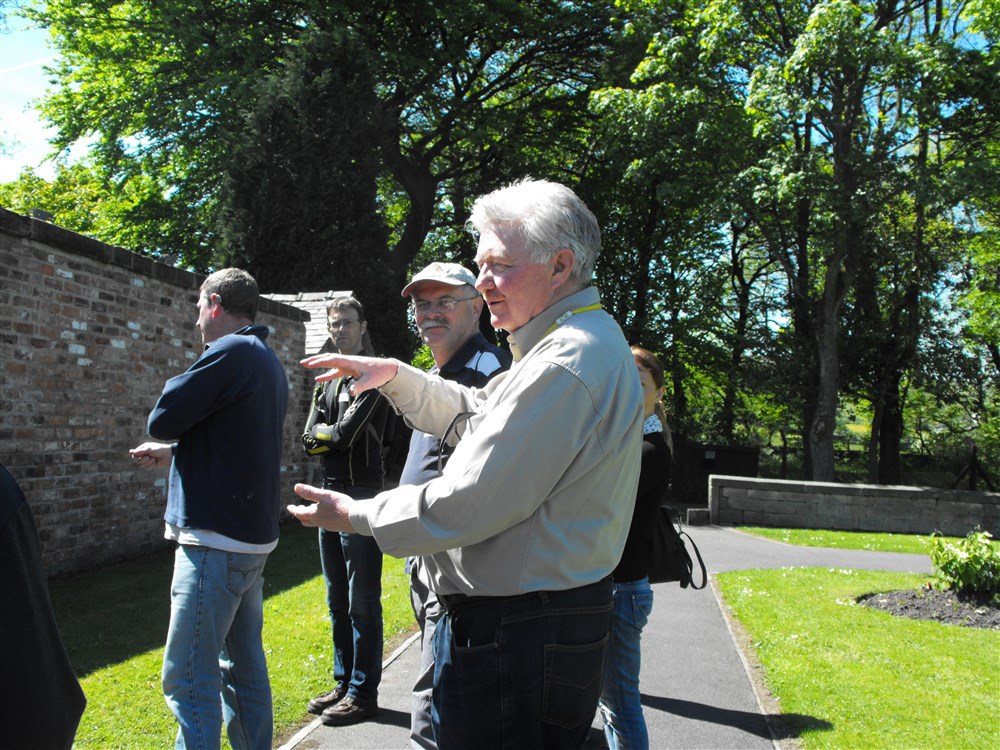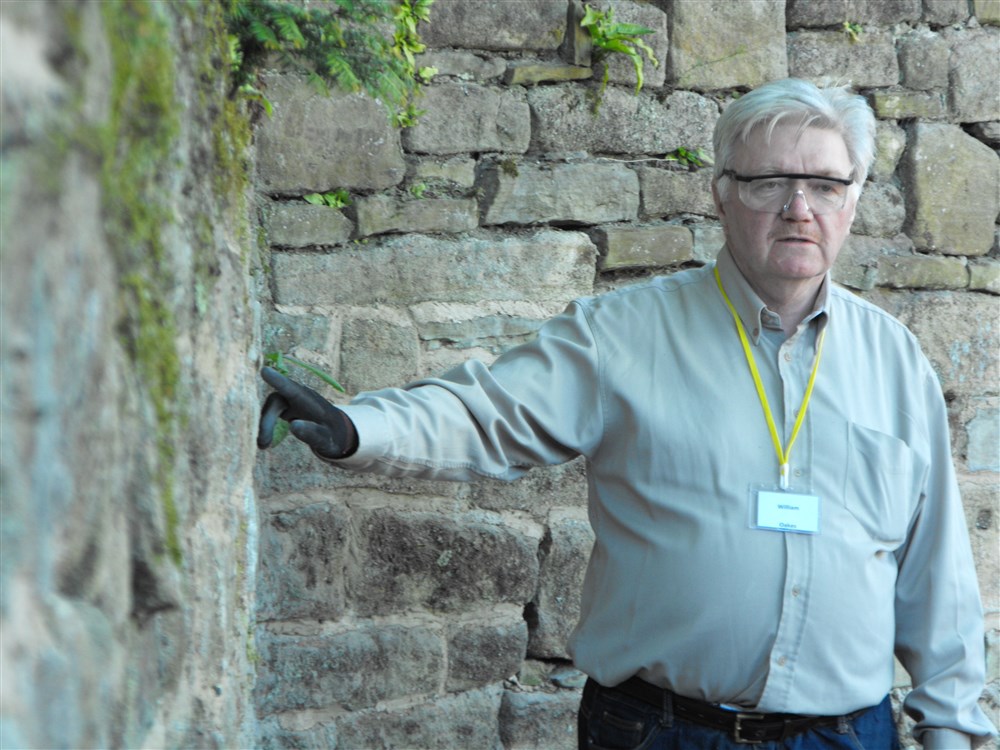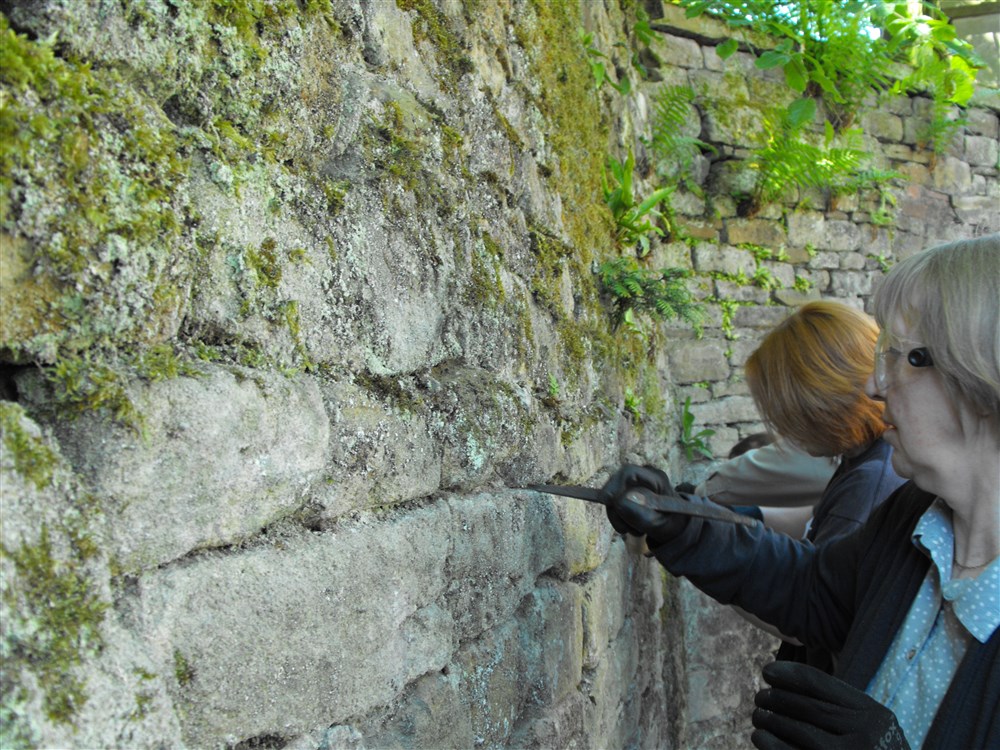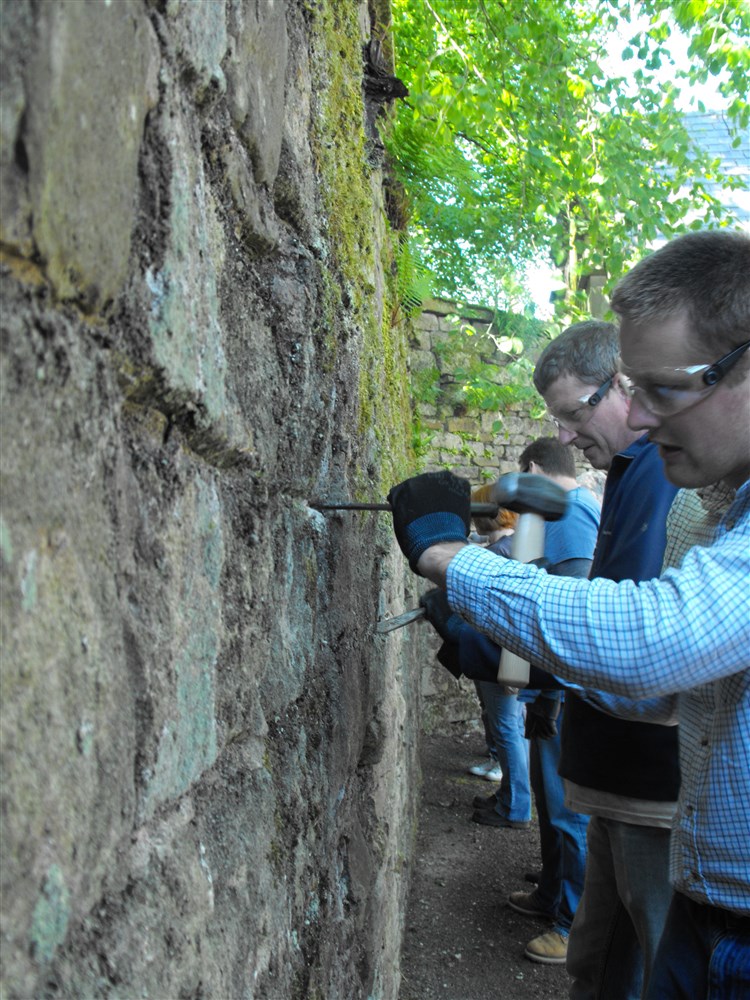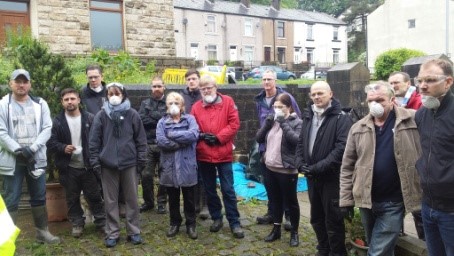
Bacup: Lime Pointing Day
Bacup THI Project Manager Megan Eastwood, arranged a Lime Pointing Day with the present owner of St Johns the Evangelist, a Grade 2 listed building.
This former church provided the ideal venue for highlighting the challenges faced by home owners and construction professionals.
Constructed in the early 1880s, the present building was a replacement for an earlier church that had been destroyed by fire. The building added to historical context of the day and importance of using compatible materials when carrying out renovation and repair work.
Programme:
- The programme began with an introduction to the use of lime in the preservation of historic buildings.
- Why the renewal of interest in using hot lime mortars in the context of heritage and historic properties?
- The disadvantages of using modern materials such as (OPC) cements on heritage buildings, and resulting damage created.
- How lime mortars allow vapour evaporation from a building and added flexibility in the structure.
- How Lime pointing could be ‘sacrificial’ and thus avoid costly damage to the stone work.
- Importance of sourcing local/vernacular materials.
Demonstration:
Mixing quicklime with sand and adding water, the resulting chemical reaction causes the lime to heat or ‘boil’ and steam is given off, this process is called ‘slaking’.
The lime expands during the slaking process which gives us a richer lime mortar making it more flexible.
After leaving it to cool for about 30 minutes we used the ‘hot’ lime mortar for our practical session. Many delegates’ commented on how easy it was to handle.
We reviewed the methods of removing the older pointing, especially if it was cement based. The challenge is to avoid or minimise damage to stonework, using hand tools and chisels.
After a demonstration of how pointing can be applied, the delegates had a go!
Because some of the joints were very deep, over 25mm, the instructor explained the need to move in stages. This was due the need for lime mortars to be exposed to the atmosphere, as the mix set’s by a chemical process that requires exposure to carbon dioxide. This process of ‘carbonisation’ is needed by air set limes i.e. Hot and putty limes.
The practical demonstrations and ‘hands on’ session.
All had a good time, many really got stuck in!
The white lime rich mortar stood out in stark contrast to the original stonework (see photographs).
What was the answer? The next part of the process is to use a churn brush, which is vital for 2 things; 1) consolidating the pointing 2) exposes the sand, and blends the colour. (See photo) Sand was sourced locally and was part of the specified materials being used for the restoration work in Bacup town centre.
We would like to express appreciation to Megan and Freddie for making it such a pleasurable day, even the weather was kind us.
All delegates received a certificate of attendance, on behalf of Sympathetic Works and Bacup THI.
Useful sources of information
Buildings Lime Forum. website.
Historic England publication: Repointing Brick and Stone Walls.

